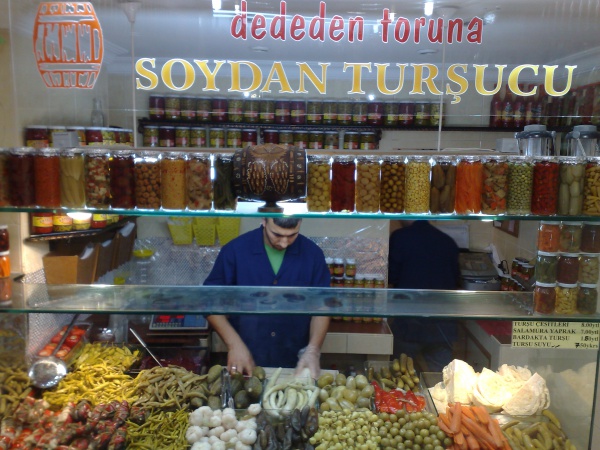Facts About Tursu
Torshi, a beloved pickled vegetable dish, is a staple in the cuisines of many Balkan and Middle Eastern countries. The name "torshi" originates from the Persian word for 'sour,' and in Turkic languages like Turkish and Azerbaijani, it is spelled "turşu." Torshi is prominently featured in Arab, Turkish, and Iranian cuisine. In Iran, the variety of torshi types is impressive, each tied to different regional customs and occasions. Some Iranian families even consider a meal incomplete without it.
In Bulgarian cuisine, popular versions include "tsarska turshiya" (king's pickle) and "selska turshiya" (country pickle). Torshi is often enjoyed as a traditional appetizer, typically accompanied by drinks like arak, rakı, ouzo, tsipouro, and rakia. In some locales, the pickling liquid, known as turşu suyu, is also a popular beverage, especially in Turkey.
Making torshi involves pickling a variety of vegetables such as garlic, chili peppers, cauliflower, carrots, beets, shallots, cabbage, and eggplants in vinegar or brandy. The process also includes salt, spices like black peppercorns and ginger, and dried aromatic herbs. Persian-style torshi typically uses more vinegar, while Turkish-style turşu often relies on more salt for its antibacterial properties.
There are many different recipes for torshi. For example, "torshi liteh" is made with eggplants and herbs, "tsarska turshiya" combines cauliflower, red peppers, carrots, and celery, and "selska turshiya" includes green peppers, tomatoes, carrots, cauliflower, cabbage, and celery. Making torshi at home is a cherished tradition, particularly in the autumn, and it's also commonly available in restaurants and supermarkets.

 Albania
Albania